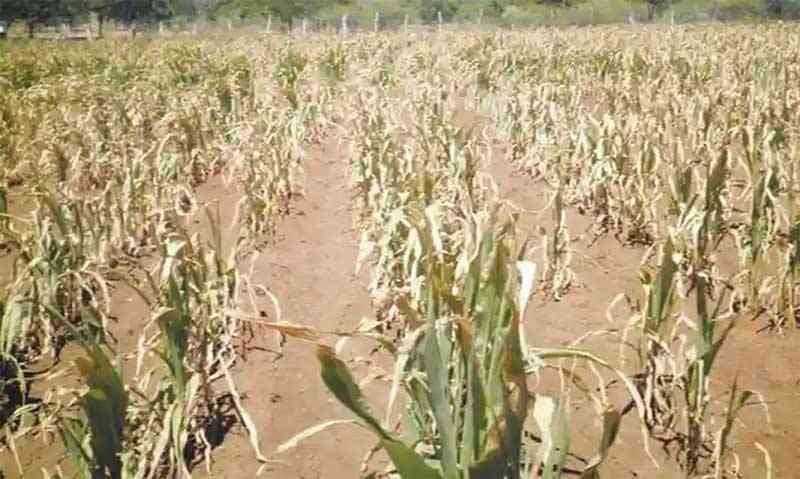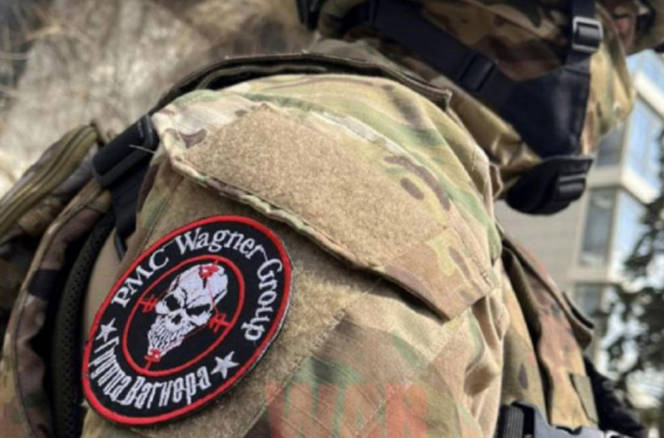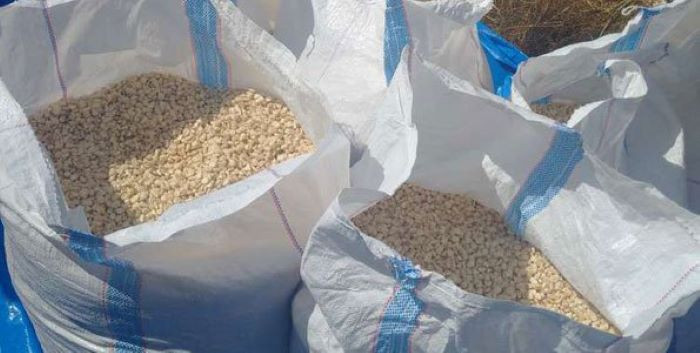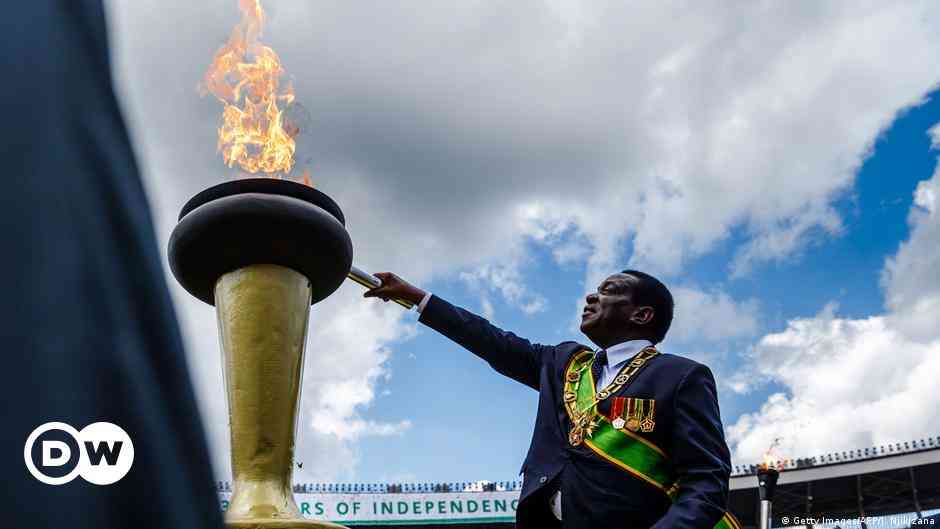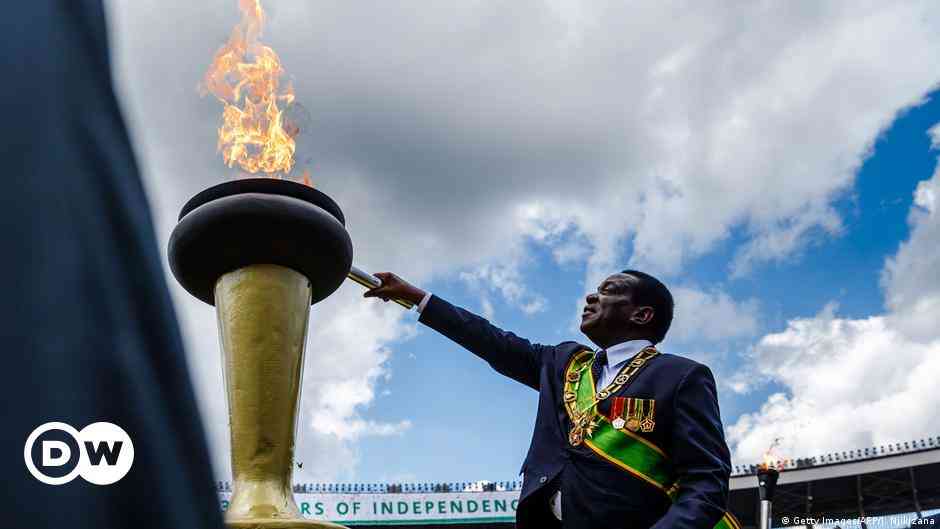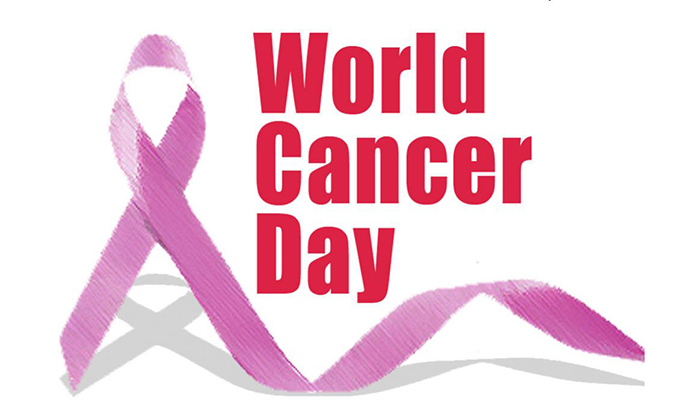
BY Michelle Madzudzo/Daniel Mckenzie
The fight against cancer still exists in the shadow of COVID-19. Being in a COVID-19 pandemic does not keep cancer at bay. As we continue to endeavour in the fight against the COVID-19 pandemic, we at Talk Cancer Zim and Kidzcan Zimbabwe continue in the fight against cancer.
Today is the international childhood cancer day, Kidzcan fight cancer and Zimbabwe, let’s talk about cancer!
Many people are of the misconception that cancer is a disease of the elderly but are you aware that children can get cancer and their lives matter too.
In every three minutes somewhere a child is diagnosed with cancer
Background to International Childhood Cancer Day
International Childhood Cancer Day (ICCD) is a global collaborative campaign to raise awareness about childhood cancer, and to express support for children and adolescents with cancer, the survivors and their families.
The day promotes increased appreciation and deeper understanding of issues and challenges impacting childhood cancer and the survivors.
- Chamisa under fire over US$120K donation
- Mavhunga puts DeMbare into Chibuku quarterfinals
- Pension funds bet on Cabora Bassa oilfields
- Councils defy govt fire tender directive
Keep Reading
It also spotlights the need for more equitable and better access to treatment and care for all children with cancer, everywhere. ICCD encourages individuals and organisations to stand up and speak out for kids with cancer, survivors of cancer, and their families.
It is a call for solidarity in action: joining voices, connecting forces, and bringing together different initiatives that respond to the needs of children and adolescents with cancer, their families and survivors.
What really causes childhood cancer
The real cause of childhood cancer is still a mystery. Many parent’s wonder what caused their child’s cancer.
They may fear that something they did or did not do caused the disease.
As far as we know, nothing that you or your child did caused or could have prevented the cancer.
Scientists are working to find the causes of cancer in children.
For now, we do not know the exact cause of most childhood cancer. Many contributors are suspected including genetic predisposition, exposure to certain toxins or chemicals, prolonged exposure to the sun’s UV rays, and radiation.
Are there any signs and symptoms?
The following signs and symptoms are suggestive of childhood cancer and the earlier your child gets a diagnosis the better the treatment outcome and the higher the chances for survival.
- Enlarged head
- An unusual lump or swelling on the body)
- Swelling (unusual swelling or abnormal mass)
- Listlessness (a high temperature that won’t come down, sudden weight loss, poor appetite)
- Pallor — unexplained paleness and loss of energy
- Changes in the eye or vision (white spot in the pupil, sudden squinting, bulging eyeball, blindness)
- Unexplained bruising or bleeding (persistent bleeding or development of purple marks indicating bleeding underneath the skin)
- Difficulty balancing when walking
- Frequent headaches (often with early morning vomiting)
- Personality changes ( behaviour or development)
- Aching bones (especially the long bones, joints or back, or fractures that happen easily)
- An ongoing pain in one area of the body
- Limping
- Unexplained fever or illness that doesn’t go away.
Is childhood cancer curable?
More than 70% of childhood cancer is now curable with best modern therapy but the treatment is expensive for third world countries as cancer is a leading cause of death for children and adolescents worldwide.
In high-income countries more than 80% of children with cancer are cured, but in many low to medium income countries (LMICs) only 20% are cured.
The causes of childhood cancer are beginning to emerge.
The origin for many cancers is probably in utero and may be initiated by dietary and other environmental exposures perhaps in susceptible individuals.
However, one of the great challenges for the future must be to extend the benefits of modern treatment to 80% of the world’s children who currently have little or no access to it in economically disadvantaged and emerging nations.
The International Paediatric Oncology Society (SIOP) is leading the way in bringing hope for children with cancer worldwide.
What is the treatment for childhood cancer?
The type of treatment that a child with cancer receives will depend on the type of cancer and how advanced it is.
Common treatments include surgery, chemotherapy, radiation therapy immunotherapy and stem cell transplant.
Surgery is removal of the cancer mass and then doctors are likely to recommend chemotherapy and or radiation therapy as a combination or chemotherapy alone.
Chemotherapy is the use of drugs to destroy cancer cells.
Childhood cancers tend to be more sensitive to chemotherapy drugs than adult cancer cells and thus children tolerate chemotherapy better than adults.
What treatment options are available
Access to diagnostic services and cheap affordable cancer medicine is key in the survival rate of children suffering from cancer in LMICs
Be involved for the search of a cure by donating or fundraising to support childhood cancer research.
Hold childhood cancer awareness programmes on radio and, print media in churches etc to encourage early presentation to hospital.
Training more health professionals in identification and treatment of childhood cancers.
The future of childhood cancer in Zimbabwe
Round Table, Meikles Foundation and Kidzcan have come together to build Rainbow Children’s Village, to provide a nurturing environment that welcomes disadvantaged children who are recuperating from the effects of cancer treatment.
Kidzcan will continue to have awareness campaigns throughout the country and lobby government to have childhood cancers integrated into the road to health card, thus ensuring parents demand their children to be screened for cancer. Childhood cancer in Zimbabwe needs more support from the Health and Child Care ministry in making sure all cancer drugs are available for free to children in hospitals.
This way organisation’s like Kidzcan can then play a supportive role where there are shortfalls, giving the children full support in their treatment and recovery.
Kidzcan is part of the World Health Organisation (WHO) global initiative, where in 2018, WHO launched, together with partners, the global initiative for childhood cancer, to provide leadership and technical assistance to governments to support them in building and sustaining high-quality childhood cancer programmes.
The goal is to achieve at least 60% survival for all children with cancer and reduce suffering, globally, by 2030.
This represents an approximate doubling of the current cure rate and will save an additional one million lives over the next decade.
The objectives of the initiative are:
- to increase capacity of countries to deliver best practices in childhood cancer care; and
- to Increase prioritisation of childhood cancer at the global, regional and national levels.
The framework and its accompanying technical package used have been developed to support implementation of the initiative. The package is intended to help countries assess current capacity, set priorities, generate investment cases, develop evidence-based standards of care and monitor progress.
An information-sharing portal has been created to facilitate sharing of expertise between countries and partners.

